A panel of experts gathers at the 2017 Bassmaster Classic to illustrate the direct connection between clean water, stronger fisheries, and more action in your boat
The future of our fishing access and opportunity is directly tied to clean water and healthy habitat. But there are increasing concerns for bass anglers as water quality issues, like toxic algal blooms, arise across the U.S. This threatens not only our recreational fishing opportunities, but also the local economies that depend on sportsmen dollars.
That’s why we gathered reporters, fisheries experts, and policy leaders over the weekend at the 2017 GEICO Bassmaster Classic, hosted on Lake Conroe in Houston. Conroe itself is a recovered fishery—a public-private partnership allowed local volunteers to restore hundreds of acres of shoreline habitat that was critical to rebuilding stocks over the years. The fact that we were sitting ringside at one of the most exciting events of the bass tournament circuit, discussing collaborative conservation solutions like this, was fitting.
‘Algae Thick Enough for Critters to Walk On’
When it comes to water quality, explained panelist Bill Frazier, the conservation director for North Carolina B.A.S.S. Nation, many of our lakes and reservoirs have a “nebulous management problem” caused by a thing you can’t see with the naked eye. But in large quantities it manifests in a very serious way. “I’ve seen algae thick enough for critters to walk on,” said Frazier. Toxic algae gets a boost from nutrient input, and controlling nutrients depends on what’s upstream—so each case of rampant algae needs a customized solution.
Frazier understands this from his day job, testing and treating a municipal water supply, but it’s fairly complicated for the average angler. In the short term, algal blooms may shut down an entire fishery or only close a few access points. Fishermen may still see trophy-size bass come out of affected bodies of water and think the water quality issues don’t pose a serious threat.
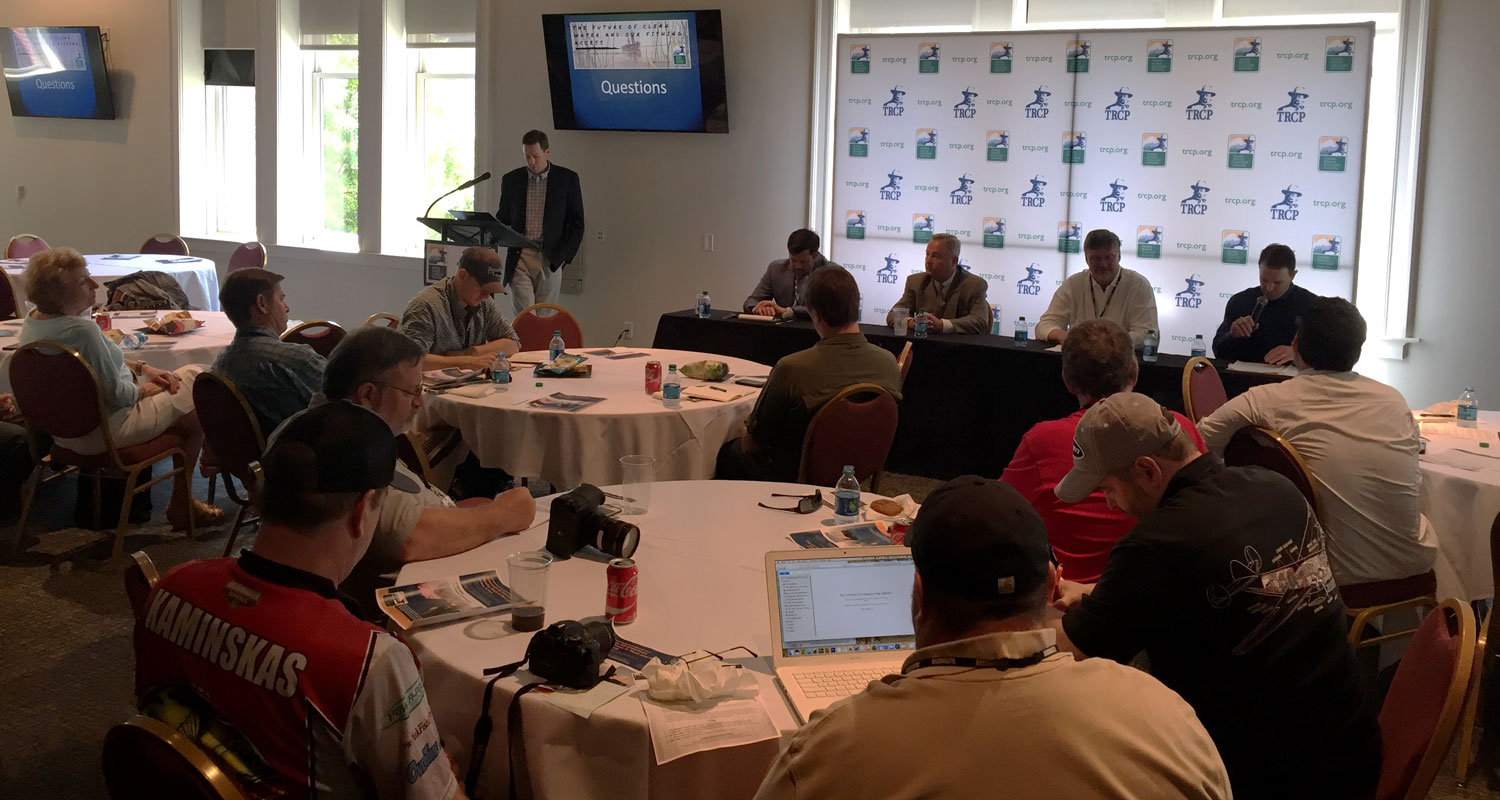
Quality and Quantity Matter
Craig Bonds, the inland fisheries division director for Texas Parks & Wildlife, urged sportsmen not to ignore the problem. “Water quality and water quantity go hand in hand,” said Bonds. “If you combine water withdrawals with toxic algae conditions, that’s where you’ll see fisheries wither and die. Our way of life and the local economy will suffer.”
Bonds witnessed this when Texas experienced a major drought in 2011—a quarter of the lakes in the state had no fishing access at all and other water bodies had reduced access. Low water levels were not the only thing to blame. “Evaporation salts get concentrated and provide the perfect breeding conditions for toxic algae. This is exactly what led to a very memorable shutdown of Lake Texoma. Meanwhile, poor land-use practices are reducing the connectivity of rivers and important backwaters that lead to our reservoirs. That impacts fish production and access, too,” explained Bonds.
Reservoir Health and Wealth
Luckily, Bonds said management agencies across the country are shifting away from traditional approaches, like simply restocking the fishery after catastrophic events, and actually addressing the underlying habitat problems. Meanwhile, departments like his are increasingly focused on public-private partnerships. As executive director and habitat partnership coordinator for the Friends of Reservoirs Foundation, Jeff Boxrucker is one of the guys Bonds calls to collaborate on reservoir fisheries issues. “We are never going to stock our way out of habitat problems,” said Boxrucker, “and if we’re going to continue to have quality fishing, we have to focus on existing habitat in reservoirs—there are fewer and fewer new reservoirs being created.” That means no reset button.
The problem with aging reservoirs is that high quality habitat typically starts to degrade after just ten years, and many are past this point. Reservoirs weren’t built with fisheries as their primary purpose, either—this is critical infrastructure for flood control and drinking water supplies—but recreation has a huge economic impact in these communities.
Boxrucker cited an example in Texas, where public-private planning and $55 million in funding will go toward restoring the Wichita Reservoir, a move that is projected to increase the area’s GDP by 20 percent. That’s a strong argument with a decision-maker, he said.
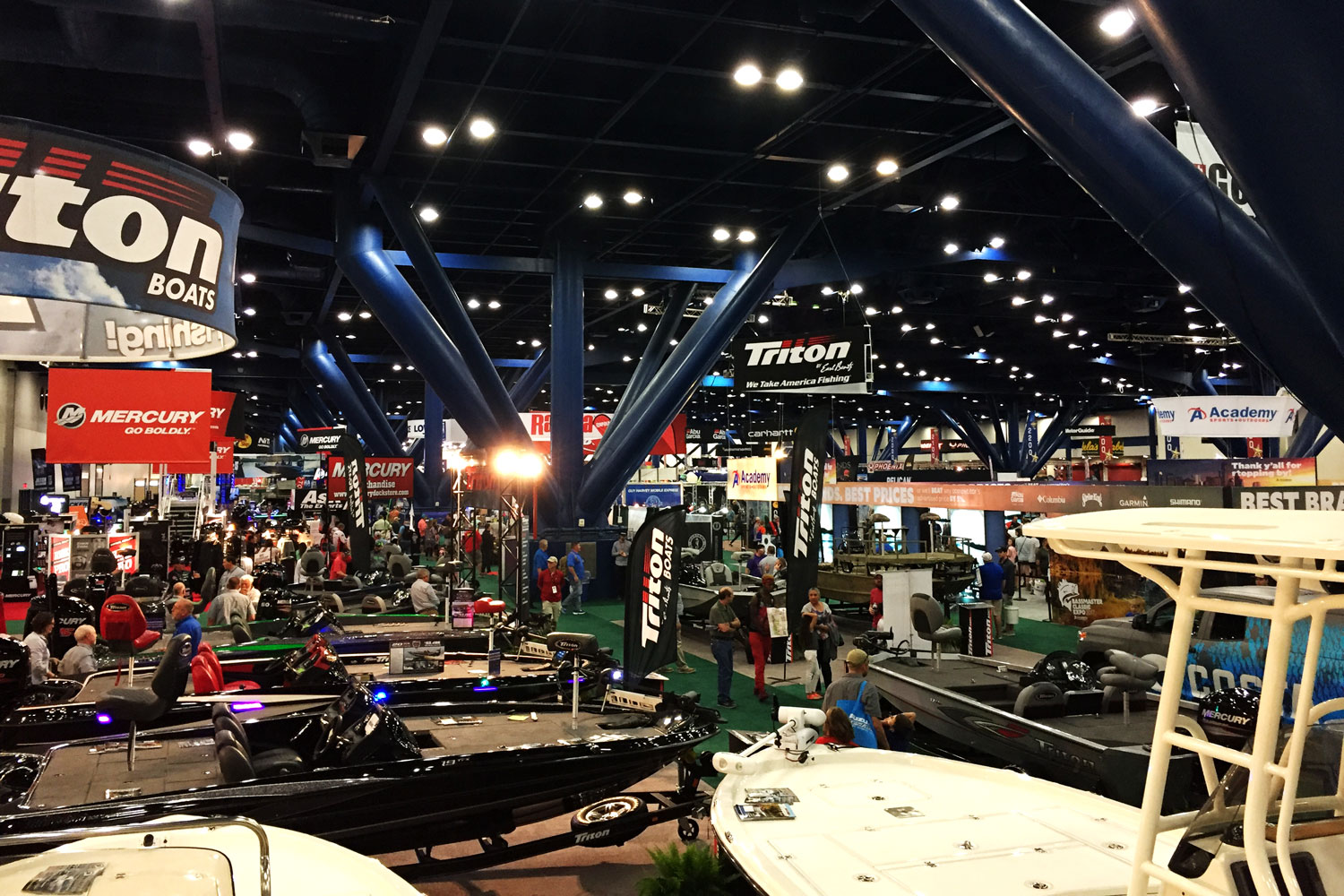
Bass and Farm Bill Bucks
The TRCP is a big believer in spotlighting the economic clout of sportsmen and outdoor recreation with lawmakers in order to get conservation done, and there’s a big opportunity coming up as lawmakers craft the 2018 Farm Bill. Conservation programs overseen by the U.S. Department of Agriculture, like those in the Farm Bill, represent the largest federal investment in conservation on private lands and the best opportunity for largescale collaborative efforts, explained Chris Adamo, former Chief of Staff for the White House Council on Environmental Quality.
Adamo was in the room for much of the debate on the 2014 Farm Bill, and though it’s a new day in Washington, there are some lessons to take into the next round. “Generally speaking, healthy soil and good conservation practices are good for business on the 300 million acres of agricultural land in the U.S.,” he said. “Most farmers are in line to do what’s best for water quality downstream, but there may be financial barriers to doing that.” And, in a political climate where regulatory approaches are out of favor and actively being rolled back, it is all the more important that voluntary and incentive-based conservation efforts be supported, funded, and allowed to work. The interest is there.
Growing Awareness and Action
But farmers can’t be the only ones pulling for conservation support on private lands that comprise 70 percent of our country. Watershed issues are multi-jurisdictional, covering both public and private sectors, so collaboration and partnerships are key. Funding is limited, and it is outside the ability of any single agency to cover all the costs for any comprehensive restoration effort. This is where sportsmen, especially freshwater anglers who care about the future of their fishing access, come in.
As a new Farm Bill is crafted in the next two years, we have a great opportunity to improve programs and establish better coordination between the federal government and local partners. But we need all the support we can get, because there will likely be fewer dollars for conservation, and more demand than ever from farmers looking for more certainty in their business plans.
A good first step is to support one Farm Bill program that helps improve water quality and wildlife habitat in rural America. Click here to tell lawmakers that the Conservation Reserve Program works for farmers, sportsmen, and fish and wildlife. Then stay tuned for our updates on the Farm Bill debate as it progresses. We’ll let you know when it’s important to engage and why it impacts our hunting and fishing traditions.

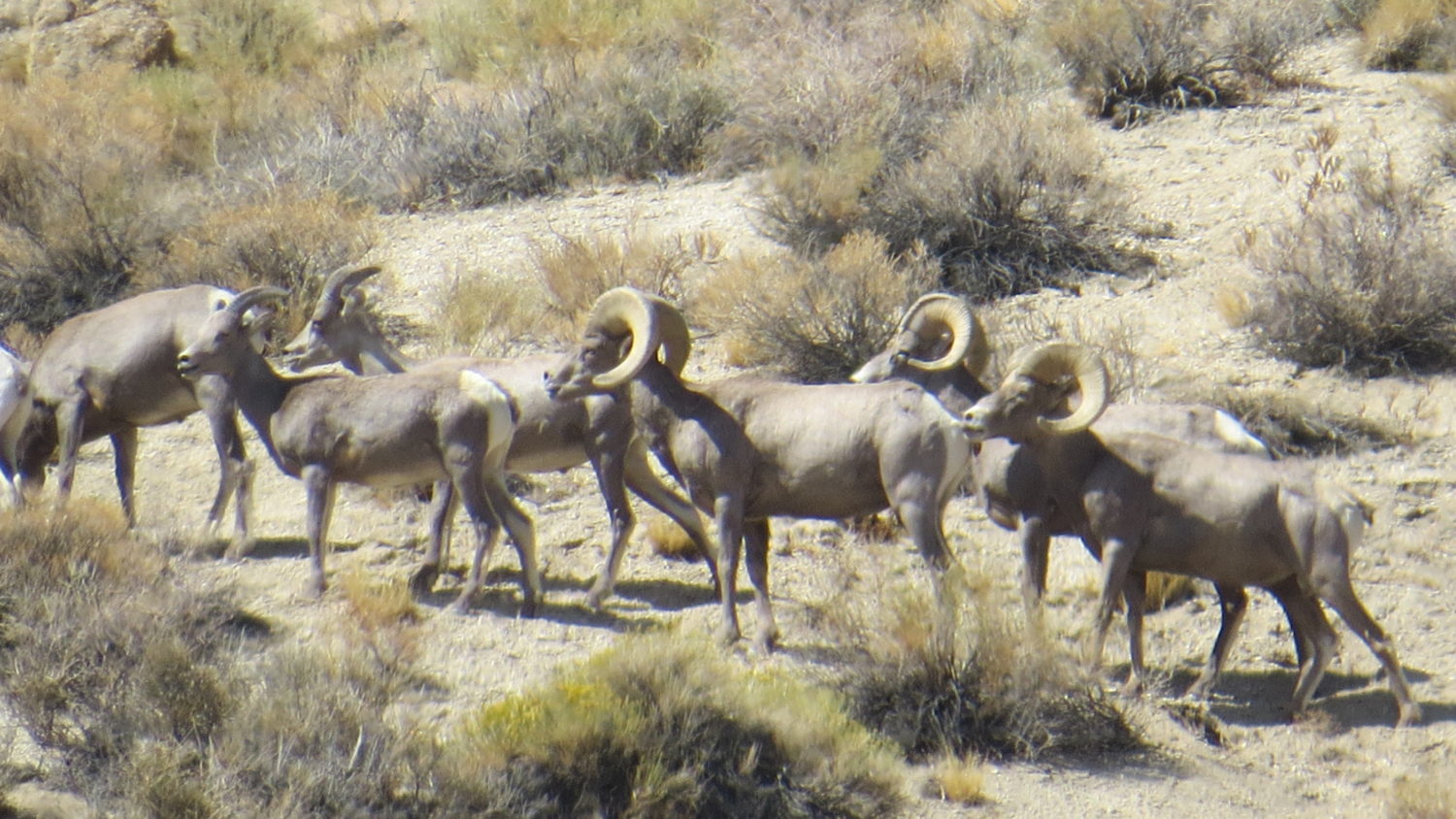
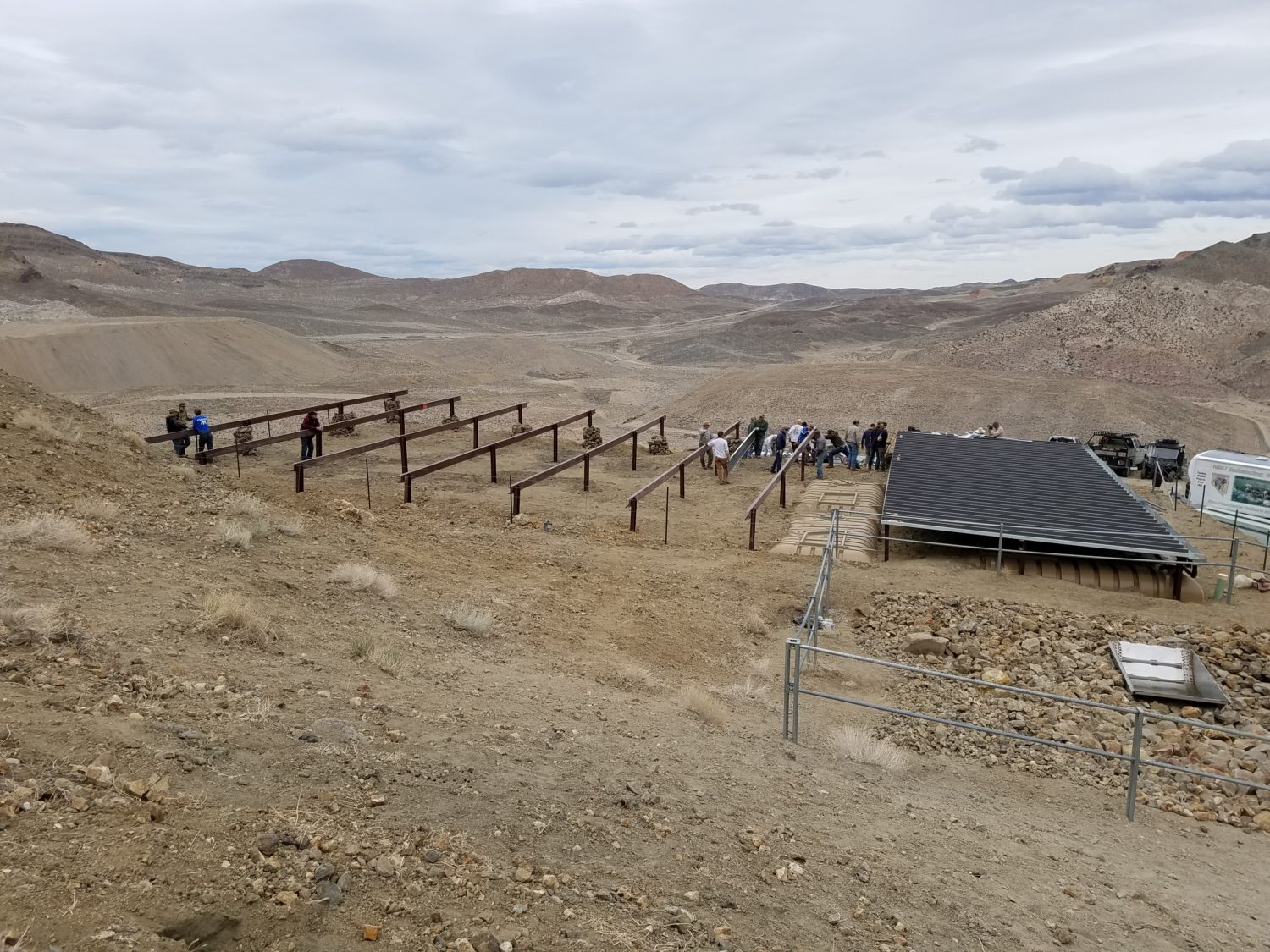
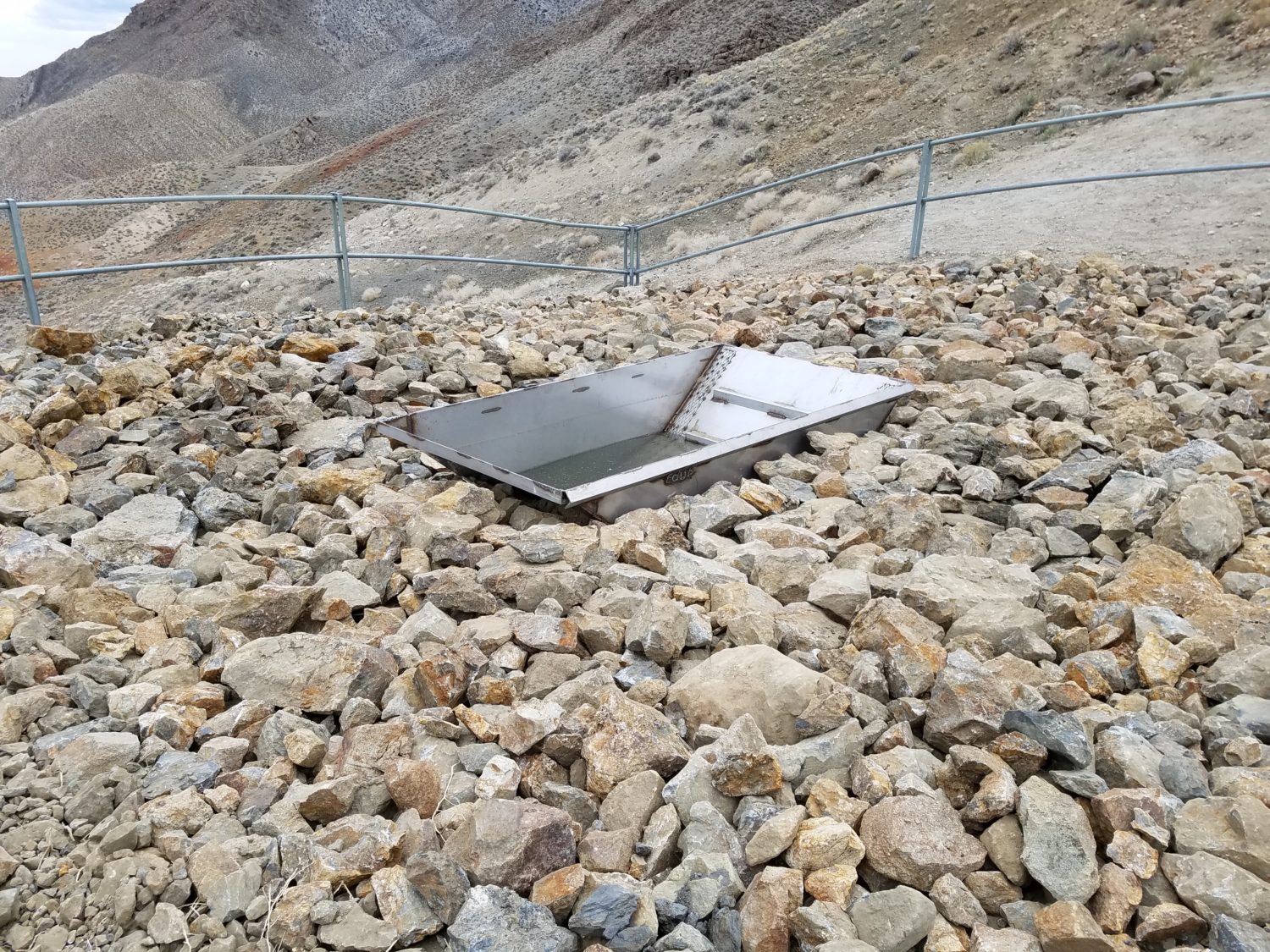
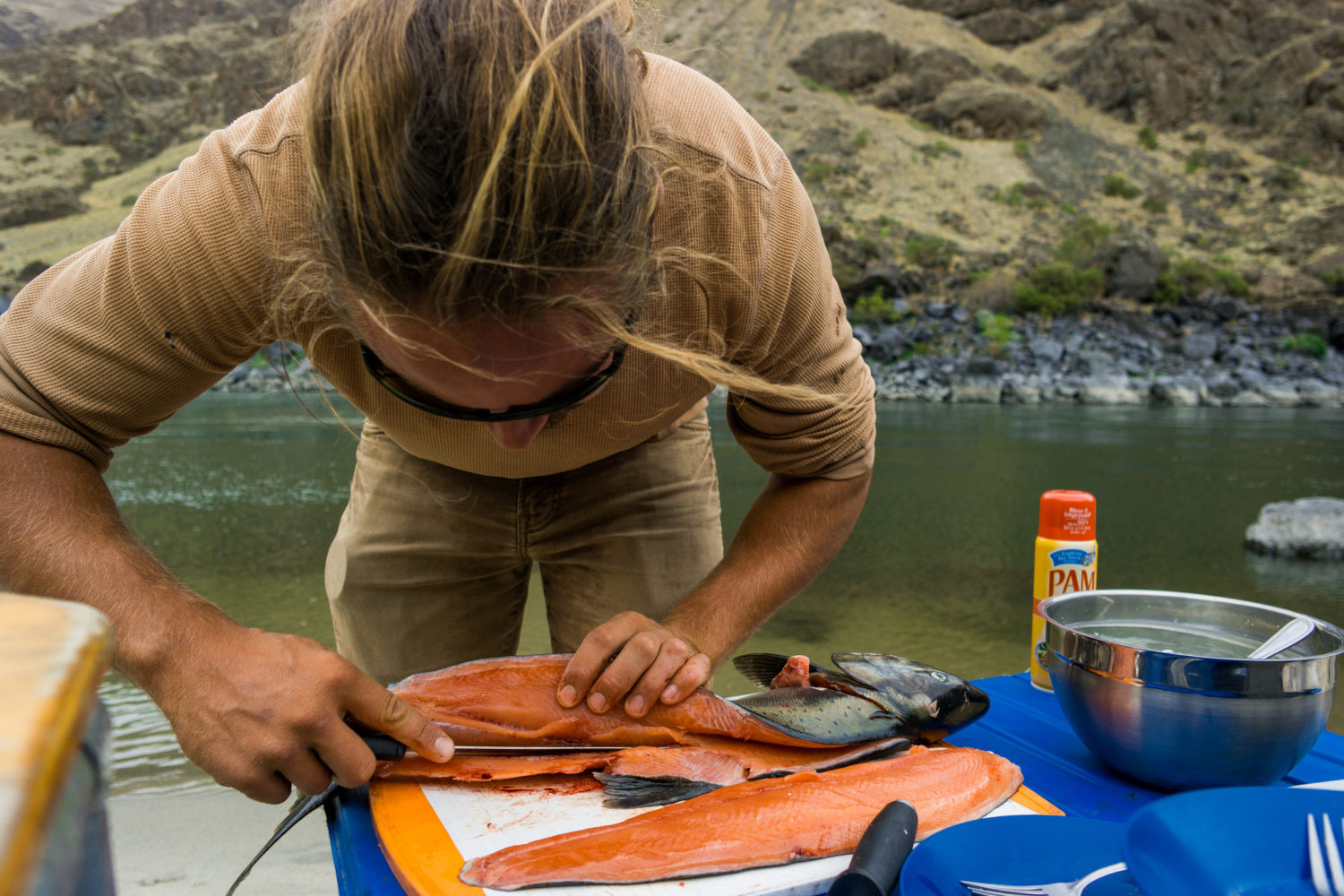
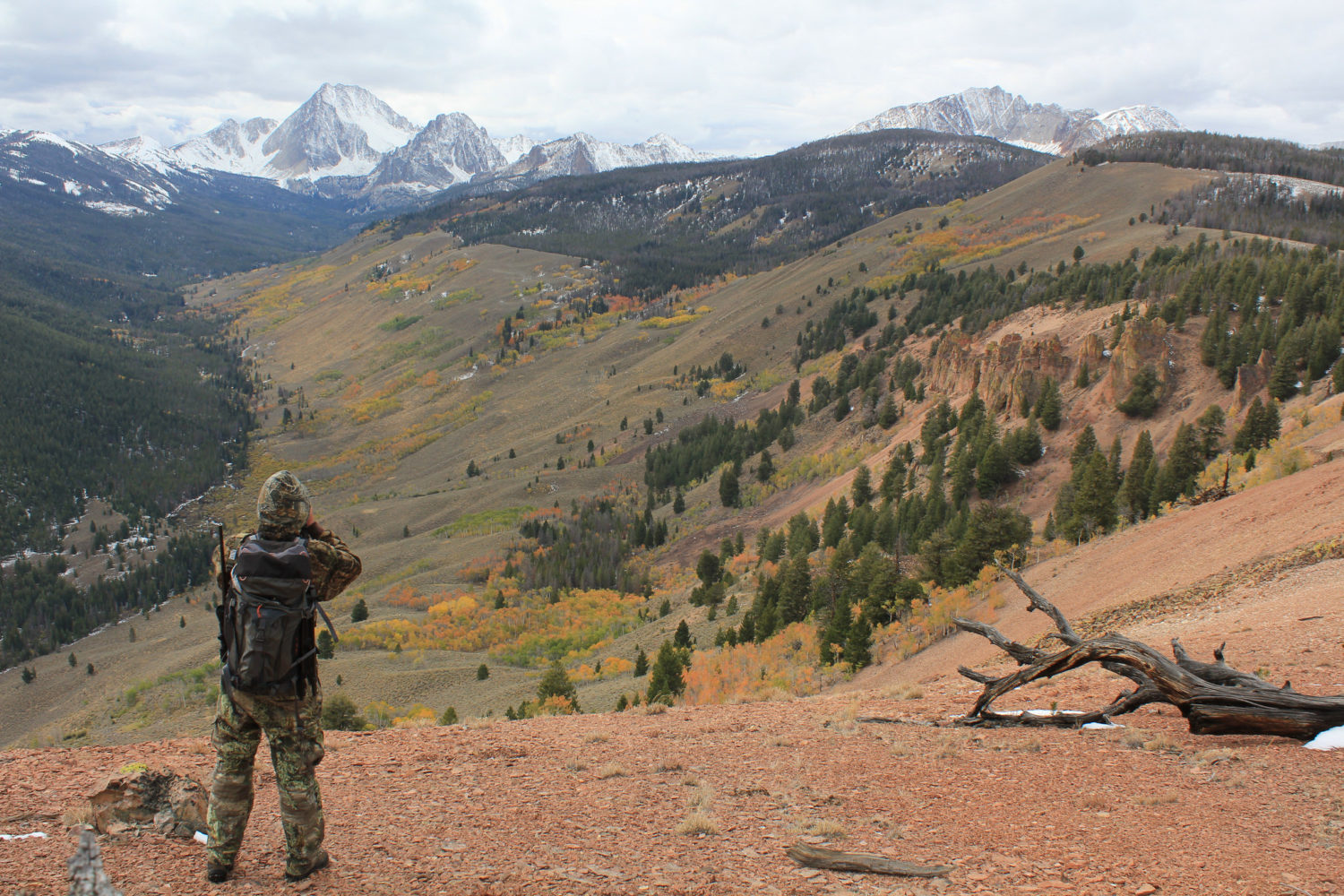
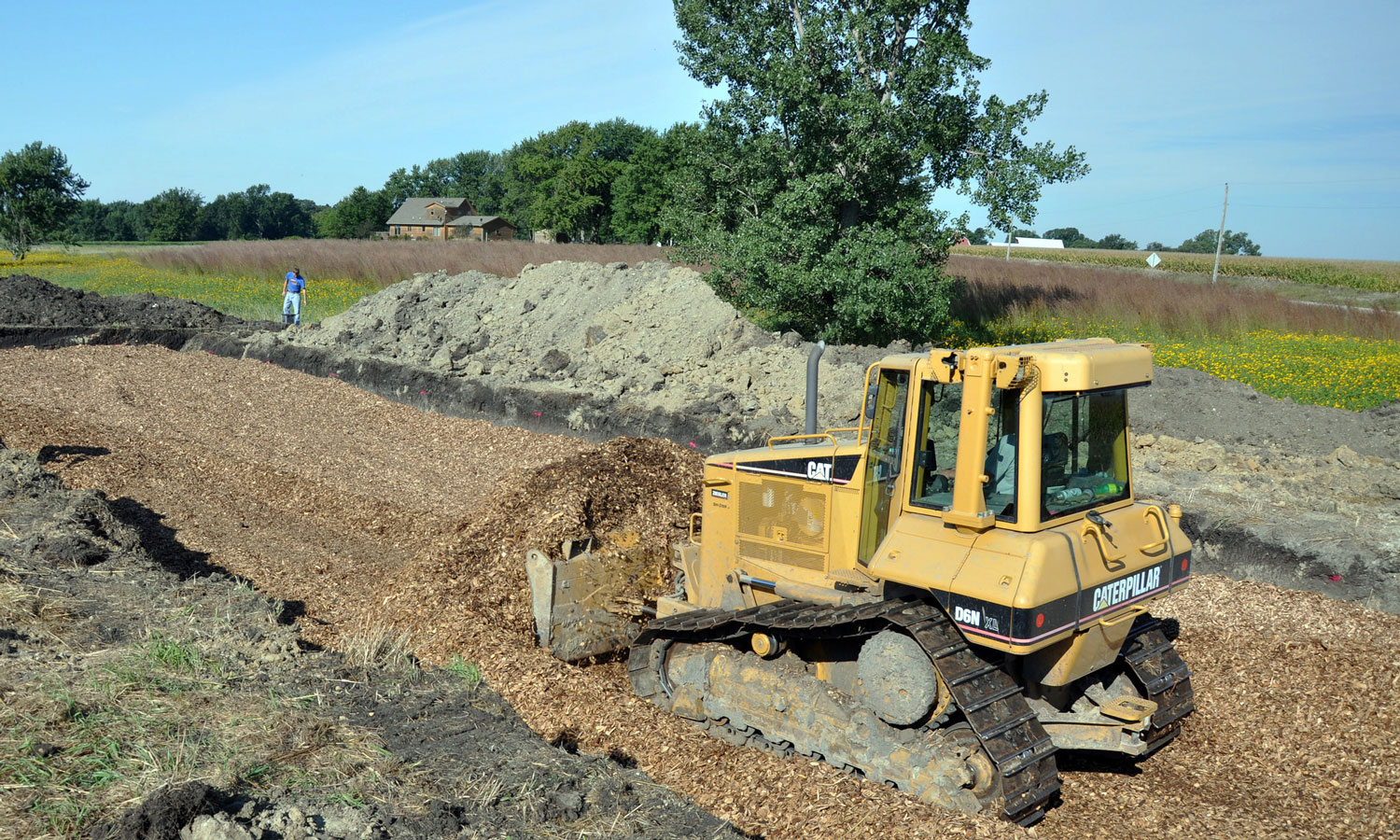
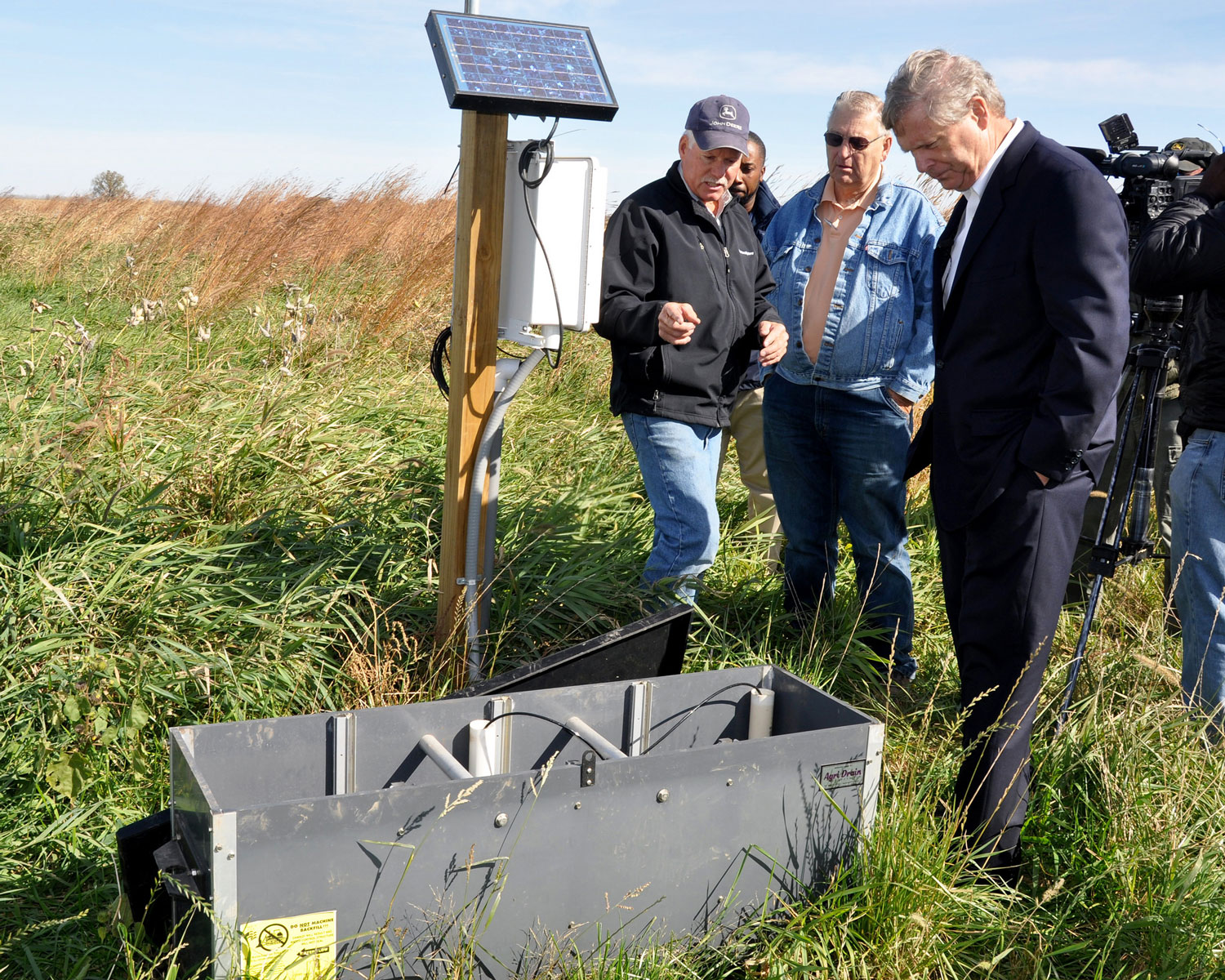
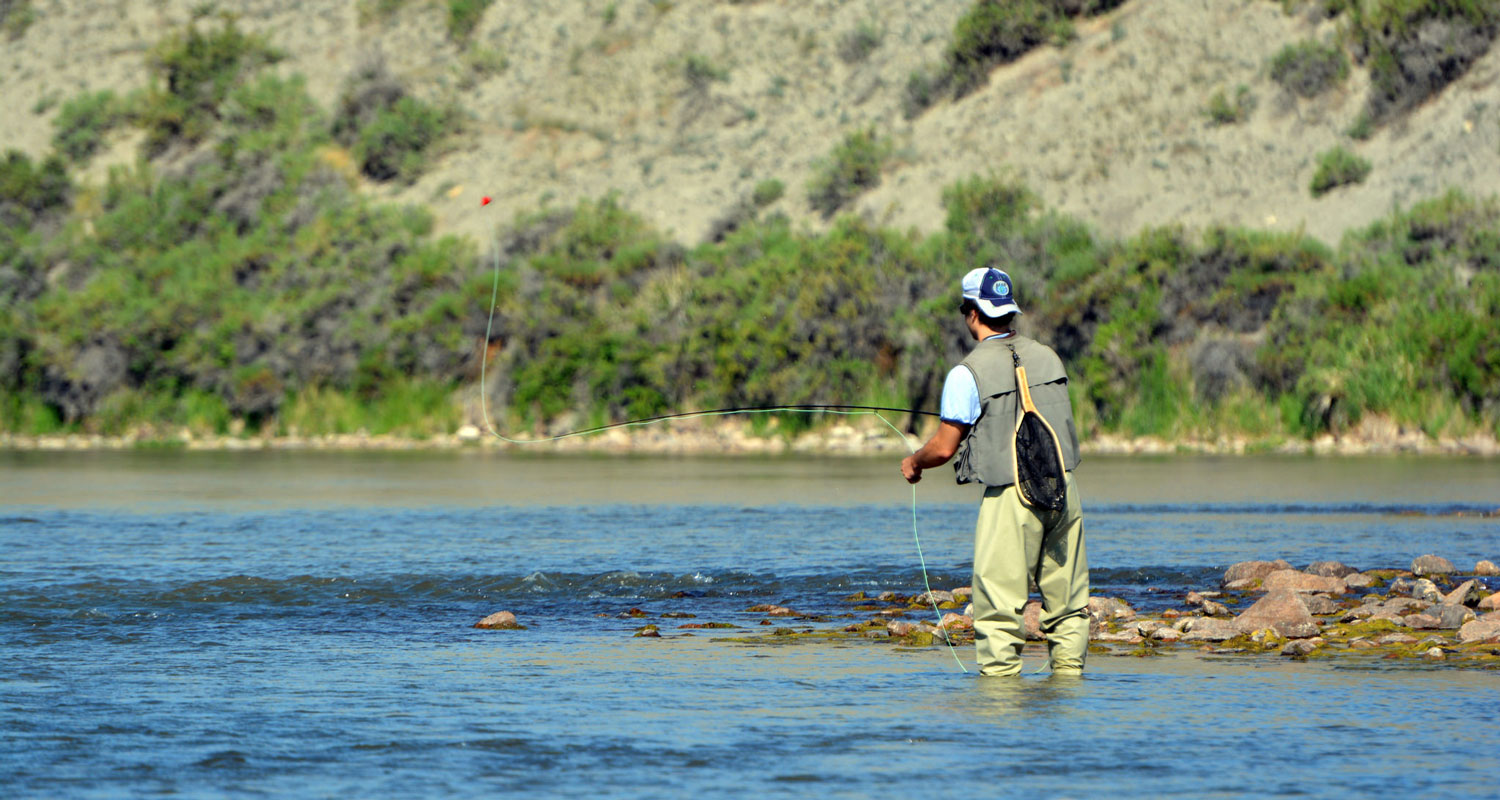




Our local Izaak Walton chapter (Central New York) and New York State Division are strong supporters of clean water programs. We monitor area streams for water quality parameters. The Izaak Walton League also has a Great Lakes Committee representing all of the states located adjacent to the Great Lakes.
Hello I am an avid angler here in Washington State. I have lived here all my life and I have been fishing since the age of 4 and I am almost 65 and I really enjoy my outdoor activities like fishing, camping and boating. I really don’t like the idea that I may not be able to because of political interests. I really don’t like to get into politics but I just wish that our newly elected president would pull his head out of his ass. Sorry for the bad language.